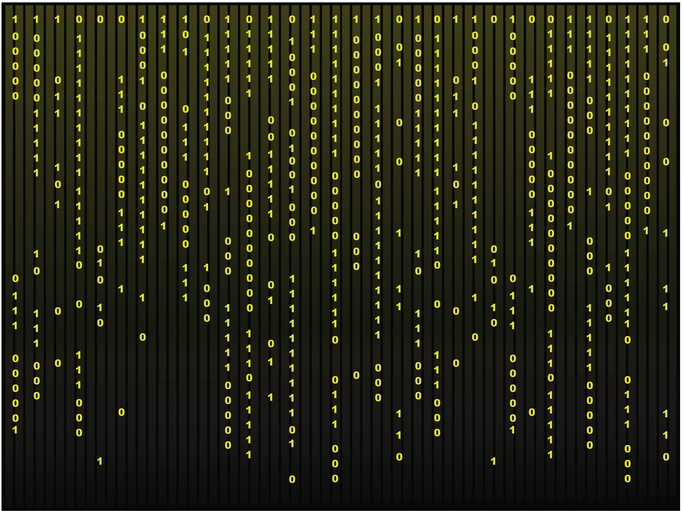Can marketers imagine how customers feel if they see the same ad message at every turn? Yes, the age of ad fatigue has dawned. With rising consumer interest in ad blockers, marketers must ensure that their well-intended messages do not become intrusive. Monitoring ad fatigue where possible is one useful preventive measure.
In practice, ad fatigue is a ratio calculated by taking the ad impressions served and dividing that value by the number of clicks generated (the inverse of CTR in Google Ads). A high ad frequency ratio indicates that more impressions of an ad are being served to entice an ad viewer to click. A significant increase above an impression-per-click ratio of 1 indicates that the ad message is working harder to appeal to an audience. In short, the ad is experiencing fatigue.
Ad fatigue is a growing marketer concern arising from concerns of pervasive advertising. Customers see ads everywhere, especially as remarketing ads tailor their appearance to customer online behavior. But promoting the same ad to the same group of people for an extended period of time wears at that audience, even if they were first interested. Click-through rates drop as a result of ad fatigue, leading to a fast sales decline in a campaign and wasted marketing dollars.
Some platforms have begun to adjust to the potential impact of ad fatigue. Facebook has a frequency cap that can be set in its ad manager. After logging into Facebook on a laptop or desktop, marketers can navigate to the column button in the campaign tab within the ad manager, then select a custom column. Once there, frequency can be added to the campaign tab. The column can be broken down into days so that marketers can monitor immediate daily changes easily.
Marketers can also monitor ad fatigue alongside analytics data. A great way is to export the data from an ad manager, then import that data into a dashboard. For example, fatigue can be tracked in Facebook Ad Manager. The data can be exported, and then imported in Google Data Studio.
To import into Data Studio, marketers must use a connector. There are several connector choices, with Google Sheets being the most straightforward for importing an Excel or CSV file.
A few connectors authorized by Google can automate an import One nice surprise for me, while reviewing the parent connectors listed, was Supermetrics, an import plugin that works with Google Ads, Google Analytics, and other marketing media managers. I had used a Supermetrics Excel plugin years ago to import a client’s Google Analytics data into an Excel spreadsheet. The main point is that the connectors may be associated with dashboard products with which your analytics champion may already be familiar.
Once the data is blended, marketers can use a number of graph options to monitor fatigue over time, and compare against other metrics, such as Return on Advertising Spend (ROAS). Marketers can choose ad campaign data from other sources such as Bing and Google Ads, and then determine which campaigns are seeing a return on advertising spend impacted by fatigue, with the metrics side by side. Marketers can use the inverse value of the click-through rate to represent fatigue.
The growing use of ad blockers is worrisome enough for marketers. The new phenomenon of ad fatigue ratchets the concern further. But setting metrics for monitoring ad campaigns for fatigue can alleviate that concern, and help marketers better ensure that their efforts allows customers to feel better protected from repetitive or intrusive messages.








